7 Tips to Take Your Landscape Photography to the Next Level
For many photographers, landscapes and nature are among the favorite subjects to photograph. When you’re first getting started, it’s easy to think that landscape photography requires you to be in beautiful or epic locations to come away with great photos, but that’s not the case.
Beautiful landscape and nature photos can be taken just about anywhere, but you’ll need to have a better understanding of the techniques rather than merely relying on fantastic scenery.
Many people get started with photographing landscapes as a result of traveling and wanting to capture photos of the places they are visiting. But when you’re ready to take your skills to the next level, these seven tips can help you to get better results with your landscape photos.
1. Master Your Gear
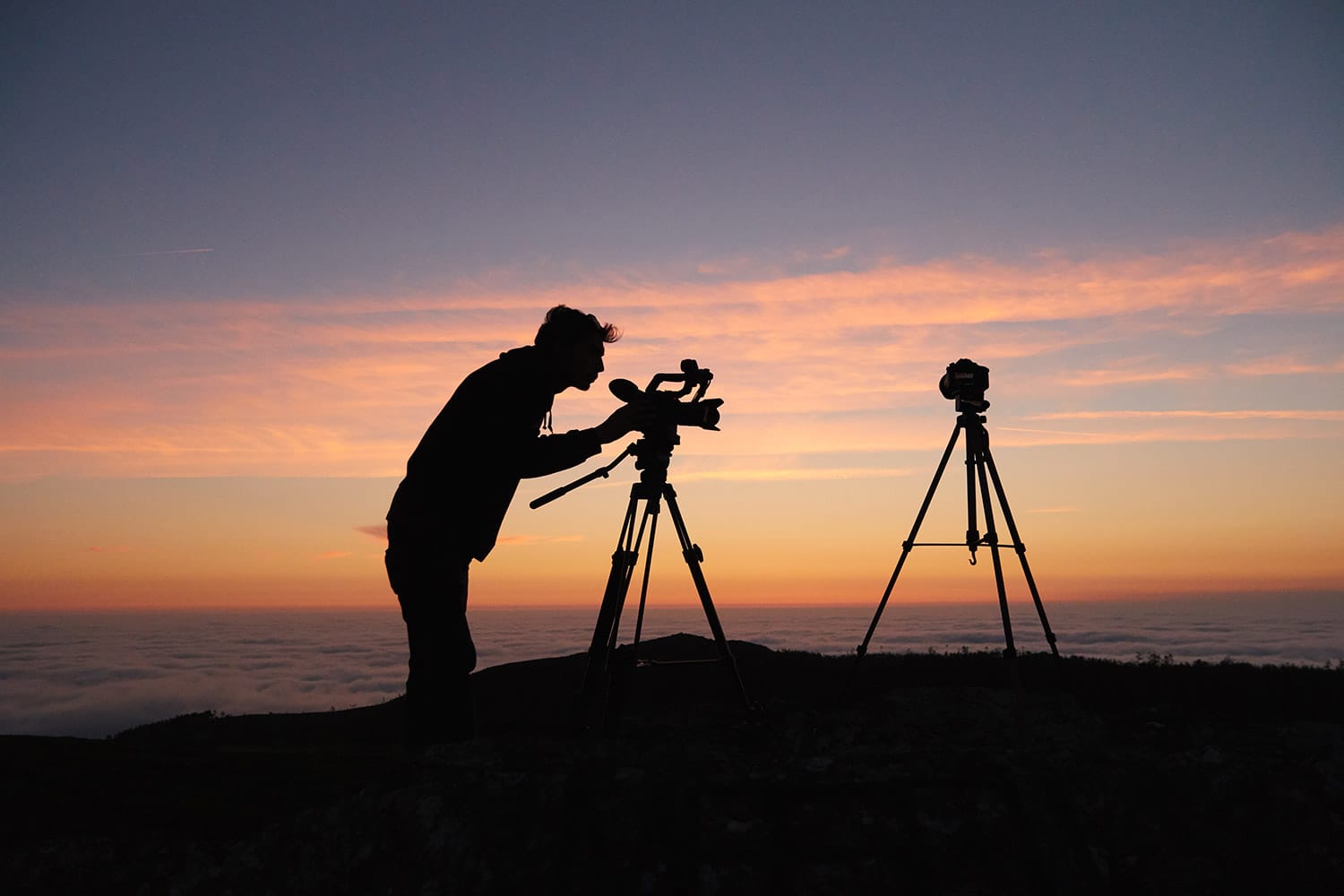
Understanding how to use your gear is much more important than simply having expensive equipment. Landscape photography will challenge you to know your gear and to be able to get the best out of it. Here are a few examples of how you can improve your photos by mastering your gear:
- Learn how to photograph in manual mode, aperture priority, and shutter priority. To get the best results, you’ll need to get out of auto. Manual mode is ideal because it gives you full control, but aperture priority is a little bit easier for beginners and still extremely effective in most situations. Shutter priority can be used when you need control over the shutter speed to freeze or blur motion.
- Test your lenses to see at what aperture the produce they sharpest images. Each lens is going to be a little bit different, so be sure you are familiar with your lenses so you can get the sharpest photos possible.
- Know how to use your filters. There are a few different filters that can be extremely useful for landscape photographers (like polarizers, neutral density filters, and graduated neutral density filters), but you’ll need to know how they work and when to use them.
Before you go out and buy new gear, be sure that you’ve gotten the most out of the gear that you already have.
2. Slow Down
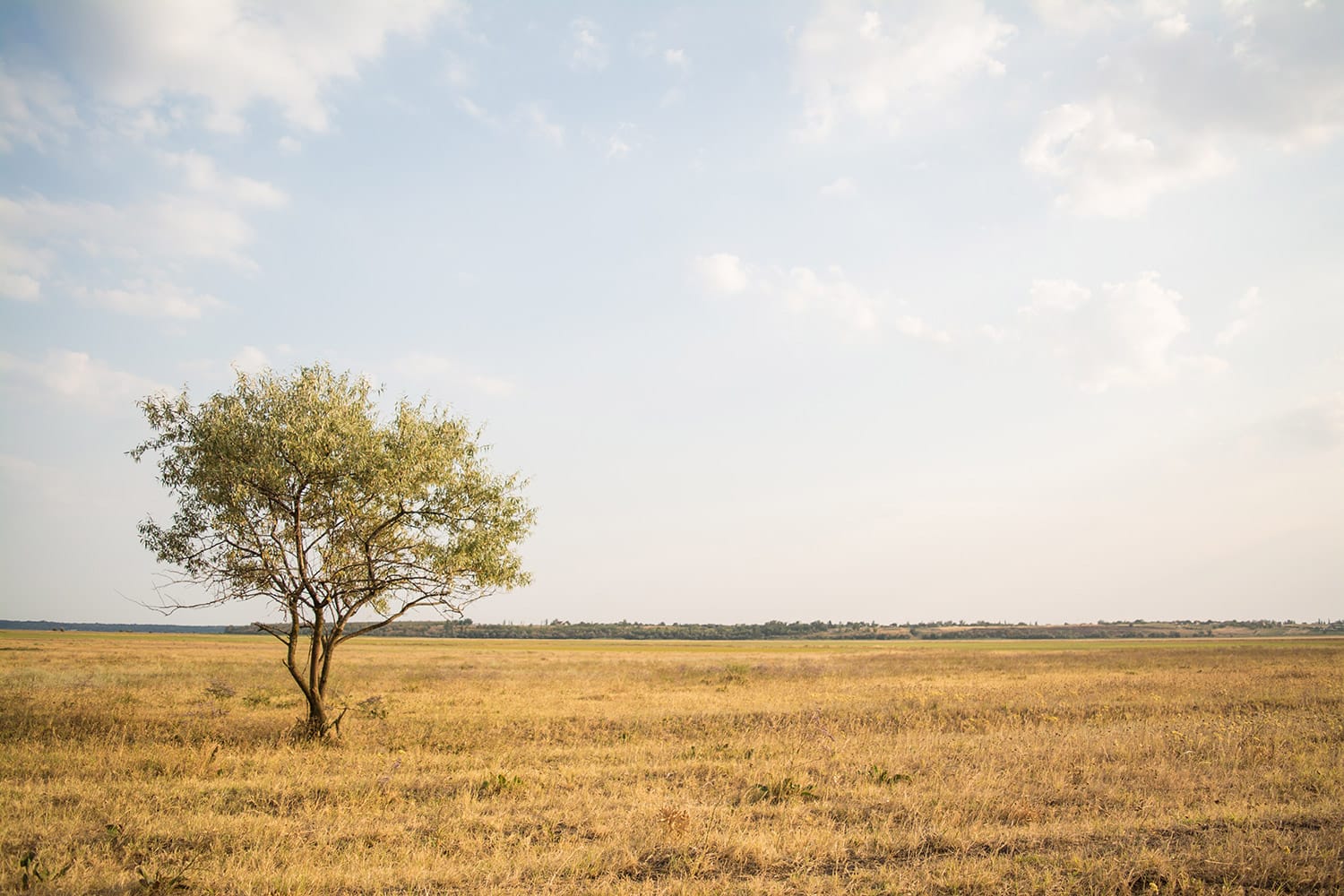
One of the most common challenges for new landscape photographers is to slow down and stop moving so quickly. If you take travel photos when you’re on vacation, you’re probably used to quickly snapping photos and then moving on to something else. However, moving too quickly can cause you to miss the best opportunities or to get less than your best results.
Don’t be in a hurry. Take your time to walk around the scene, find the angles that you like, set up your shot, and make sure that you get something worth keeping. By taking your time, you’ll be able to find the best perspectives, create compositions that look great, capture sharp photos, and get the right exposure in camera.
Post-processing is an important part of landscape photography (more on that in a minute), but you shouldn’t rely on post-processing and photo editing to the point that you get sloppy with your photos. Try to get it right in camera. That will mean less time and the computer, and you’ll have a better chance of ending up with a shot that you can be proud of.
3. Plan Ahead
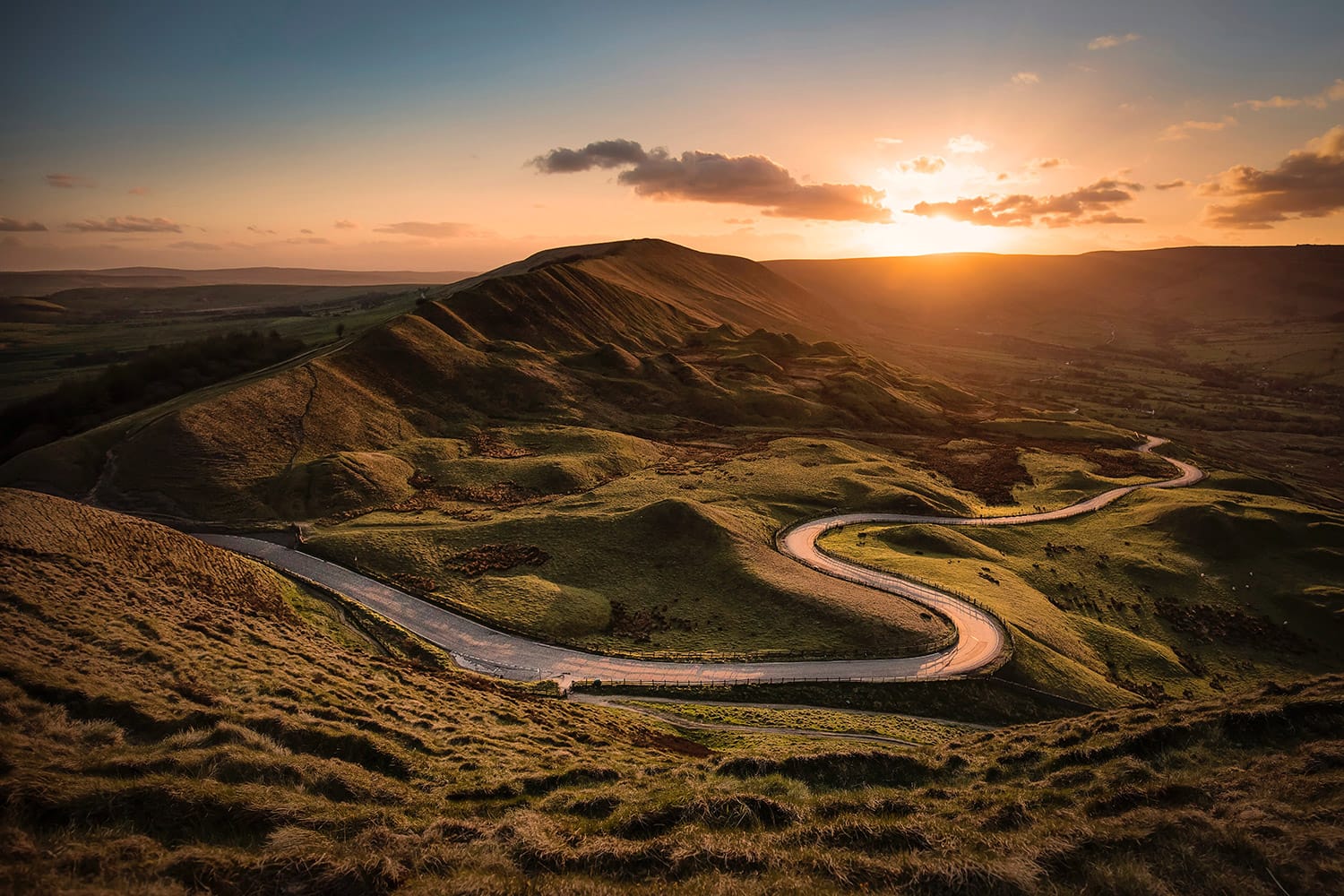
Perhaps the most significant improvement I saw in my own landscape photography happened when I started to plan ahead. Instead of photographing the landscape as it was whenever I happened to be in a certain spot, I started planning ahead to give myself a better chance of being in the right spot at the right time. I also worked harder to find the best spots ahead of time, so I knew exactly where I wanted to go and when I wanted to be there.
Fortunately, some websites and apps that help with scouting and researching locations (The Photographers Ephemeris and Google Earth are among the most useful). You can find the best views, determine the position of the sun or moon, and find the time of sunrise or sunset. You can also research trails that can get you to the best places, and even check on the weather or the best times of the year to visit a location.
Things like lighting and weather will always be somewhat out of your control, but when you plan ahead, you’ll give yourself the best chance to get an amazing photo.
4. Learn How to Post Process Your Photos
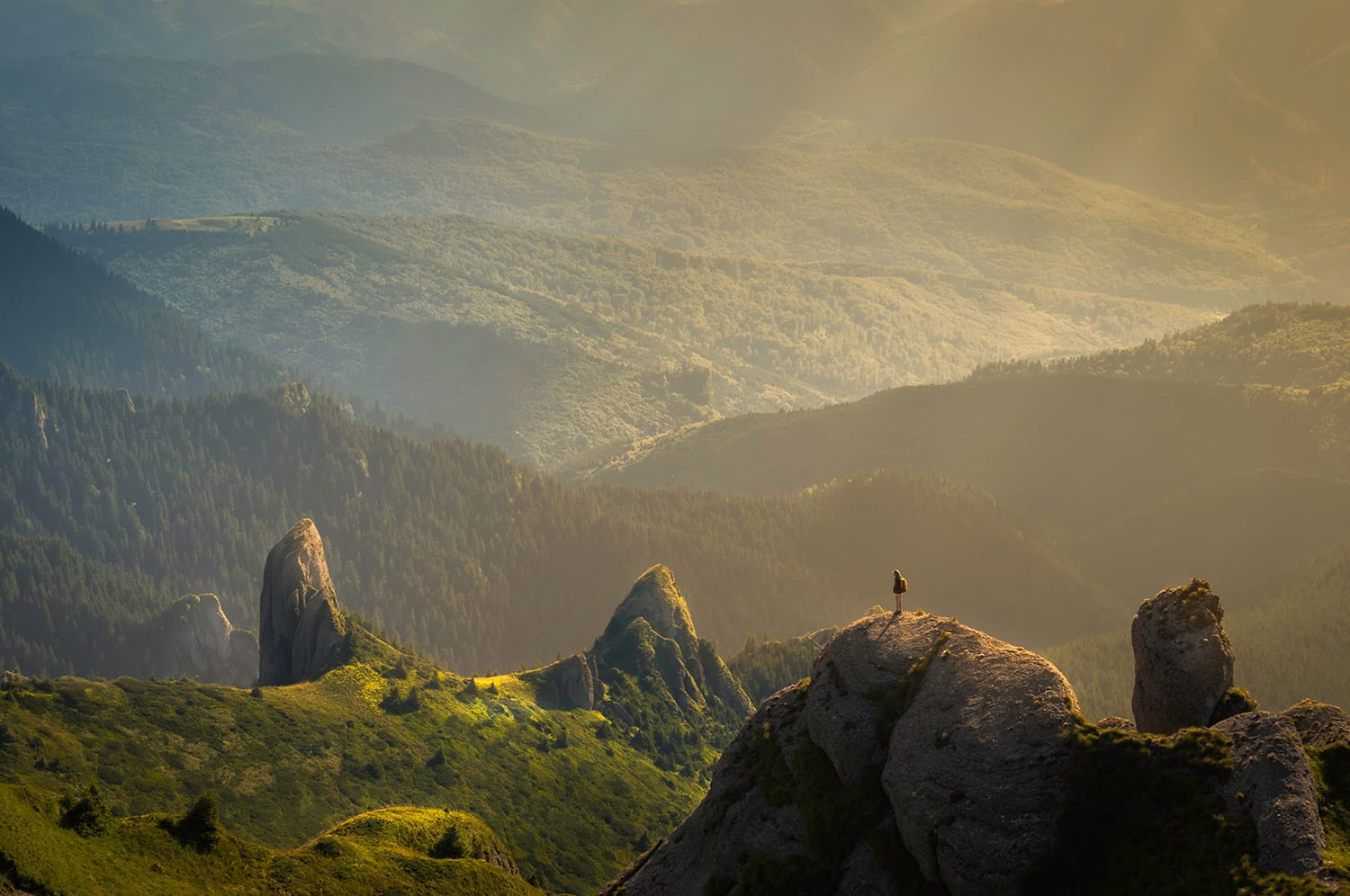
While I mentioned that it’s important to try to get the photo right in the camera, it’s also inevitable that photo editing and post-processing will still be required to get the best landscape and nature photos. Software like Lightroom and Photoshop can do wonders for your landscape photos. You won’t be able to take bad photos and turn them into something great with the help of software, but with the right approach, you can elevate good photos to great photos.
The Decoding Lightroom Video eCourse is a great resource that can help if you want to learn more about post-processing.
5. Get Off the Beaten Path
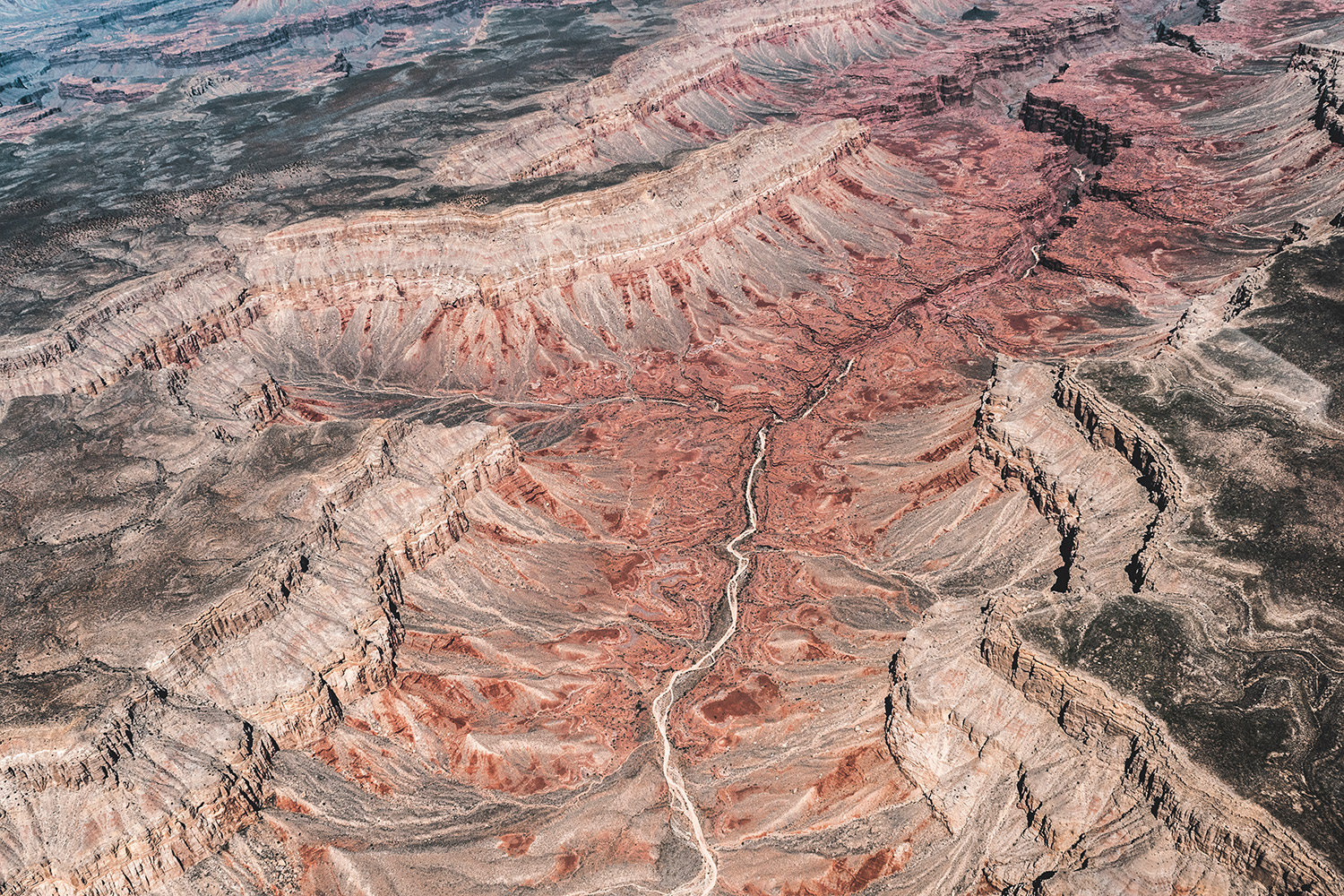
Have you ever noticed that many landscape photos from a popular place tend to look the same? The main reason is that 90% of people will photograph only from the most accessible spots. For example, most photographs of the Grand Canyon are taken from one of the popular overlooks.
If you want your photos to be unique and to stand out, make an effort to find different vantage points. At the Grand Canyon, you could explore along the rim away from the main overlooks, take a trail down into the canyon and photograph along the way, raft down the Colorado River and capture photos from the bottom, or take an airplane or helicopter ride for a view from above.
In addition to just getting different perspectives, sometimes that best photos can’t be taken unless you make an effort to get to a certain location. I live in the eastern U.S., and one of my favorite locations in the area is Shenandoah National Park in Virginia. Skyline Drive provides some amazing mountain views and most visitors simply pull over to one of the overlooks for an easy view. Skyline Drive gets really crowded at certain times of the year because of the easy views. But if you’re willing to hike, many trails give even better views or take you to spectacular waterfalls.
To get the best photos, you’ll need to be willing to go beyond just the easy views.
6. Embrace “Bad” Weather
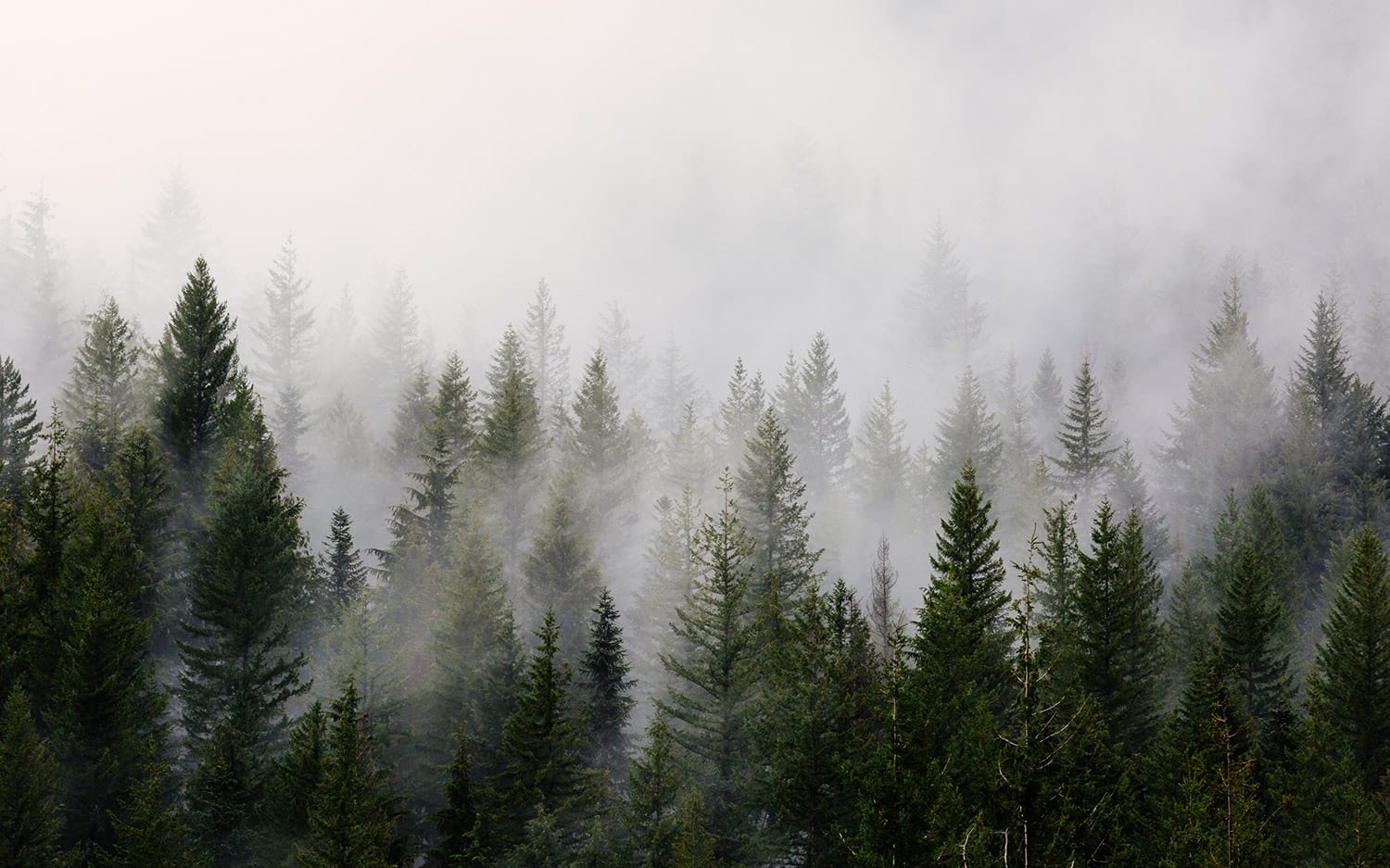
Weather will have a huge impact on your landscape photos, and sometimes what you may consider bad weather will actually be ideal for photography. Storms can definitely be a great time to photography, especially because of the sky and lighting (of course, take precautions and be careful if you’re photographing during a storm).
Overcast or even rainy days can be perfect, depending on what you’re photographing. Subjects like waterfalls and forests tend to look much better in overcast conditions than they would on a bright, sunny day.
Fog or mist is perfect weather for photography, as it will give your photos a powerful mood that you can’t replicate.
Pay attention to weather forecasts and learn to embrace bad weather.
7. Get Close
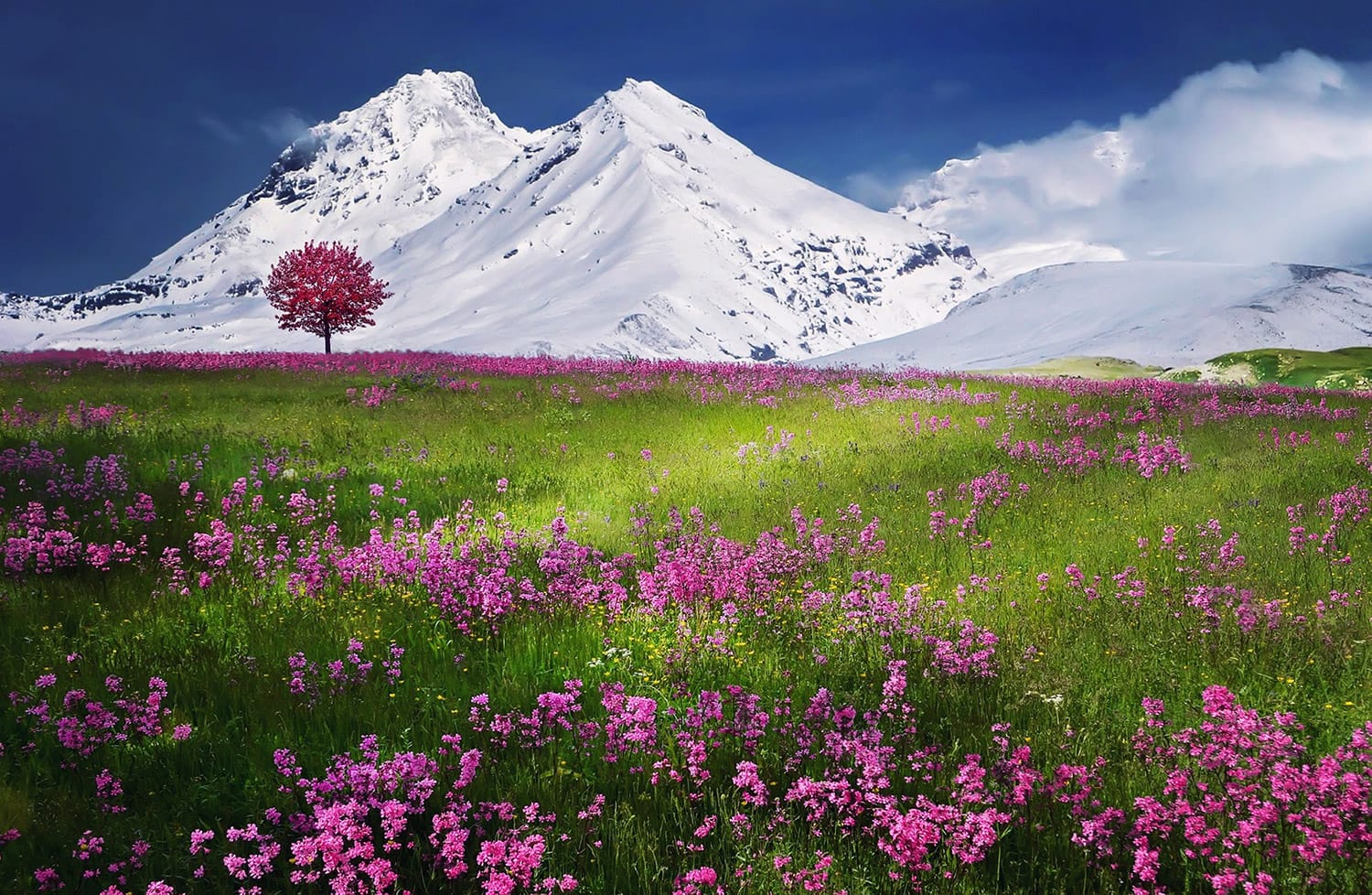
Wide-angle lenses are often used for photographing landscapes. These lenses allow you to capture the vastness of a landscape, but that landscape can also look very distant.
Get close to your subjects or include interesting objects in the foreground of your compositions and you’ll find that your photos are elevated to the next level. Elements in the foreground can be simple things like rocks, flowers, or other objects.
Try following these 7 tips if you’re looking to get better results with your landscape photos. If you stick with it and work to improve in these areas, you’re sure to see better results.
